Is There a Connection Between Julia Child's Politics and Her Kitchen?
While you’d never guess how progressive Julia Child’s politics were from the woman you saw on TV, I believe that traces of her political persona can be found in the way she arranged her kitchen.
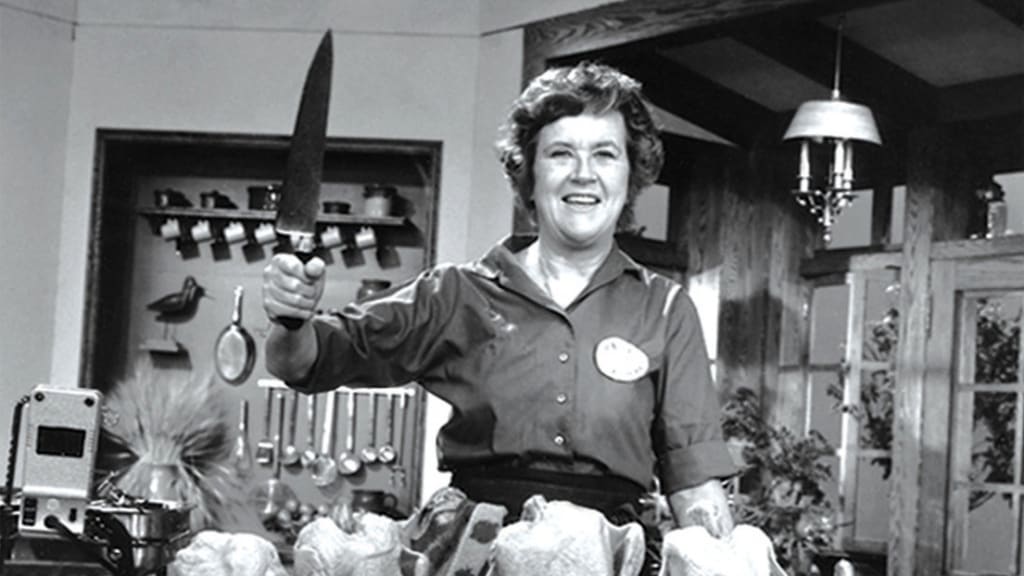
It was Nora Ephron’s film Julie & Julia (2009) that really introduced me to Julia Child and her tome of French cuisine Mastering the Art of French Cooking. Ephron depicts Child as a dominating but charming figure, who is firmly set in her opinions but also curious and open to learning new things. The reason she even attended Le Cordon Bleu while living in Paris with her husband Paul was so she could relish in her love of French food and teach Americans to do the same. And even though Simone Beck, one of the co-authors of Mastering the Art of French Cooking, points out in the film that a degree really isn’t required to teach cooking classes, Julia is adamant about doing things “properly.”
Simone Beck: Why do you need to take a stupid test?
Julia Child: So I can get a diploma. So I can teach.
Simone: You don’t need a diploma to teach.
Julia: You’re probably right. Avis says the same thing.
Simone: Who is Avis?
Julia: My friend, Avis De Voto, who lives in Cambridge, Massachusetts. She’s very wise. But I can’t help it. I want a diploma. I’v very conventional.
While the Julia Child portion of the film is mainly about the making of Julia Child, Ephron is able to paint a fairly clear picture of what Child’s political beliefs might be. Julia and Paul were outright opposed to the McCarthy hearings of the 1950s and explicitly anti-Republican. But as Helen Rosner noted in a recent New Yorker article, Child’s politics were even more progressive than just being anti-McCarthy and anti-Republican.
Rosner also points out that Julia Child “cultivated an apolitical mien” after Mastering the Art of French Cooking became wildly successful. On the television cooking show The French Chef, Child adopted the persona of “friend and teacher” as opposed to a “dinner-party conversationalist” who’s willing to talk politics all night. While you’d never guess how progressive Child’s politics were from the woman you saw on TV, I’m going to try to make the connection between Julia’s political beliefs and the way she arranged her kitchen.
LitHub published an excerpt from Pamela Heyne’s book about Julia Child’s kitchen design aesthetic. Heyne interviewed Julia about her kitchen layout from her Cambridge home. From the—how Heyne describes it—cluttered countertops to the microwave used for melting butter in a flash, I believe that traces of Julia Child’s political persona can be found in the place where she spent most of her time.
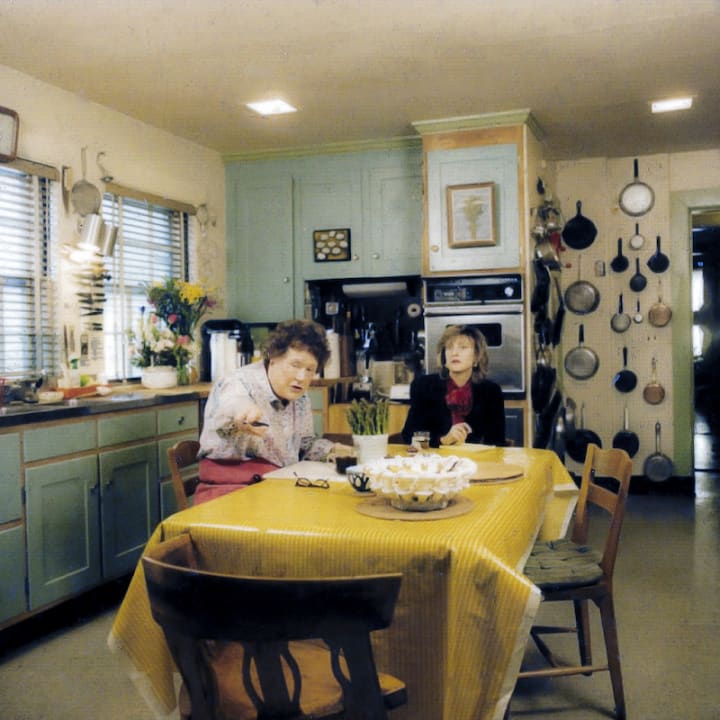
A reformed conservative
Growing up in Pasadena, California, Julia Child (nee McWilliams) admitted in an interview that she “was raised with very conservative beliefs,” but leaving her hometown and living in lots of different places—like China during WWII—helped change that. “After a while you decide that you can have your own opinions,” Julia told journalist Polly Frost in 1989.
Child was still conservative in some ways. We sort of see this in the exchange between Julia and Simone Beck in Ephron’s film, but also in how low-tech her kitchen was. “People are always surprised my kitchen is not more high tech,” Julia told Pamela Heyne in their interview. Heyne admits that the kitchen wasn’t what she expected, considering that Julia is known for pioneering French home cooking in America. Being a pioneer in food doesn’t mean she had to be a pioneer in kitchen design…or her politics. But since Julia was also someone who was able to form her own firm opinions about the world, she did actually choose to ignore a fundamental architectural principle in the design of her own kitchen: the work triangle.
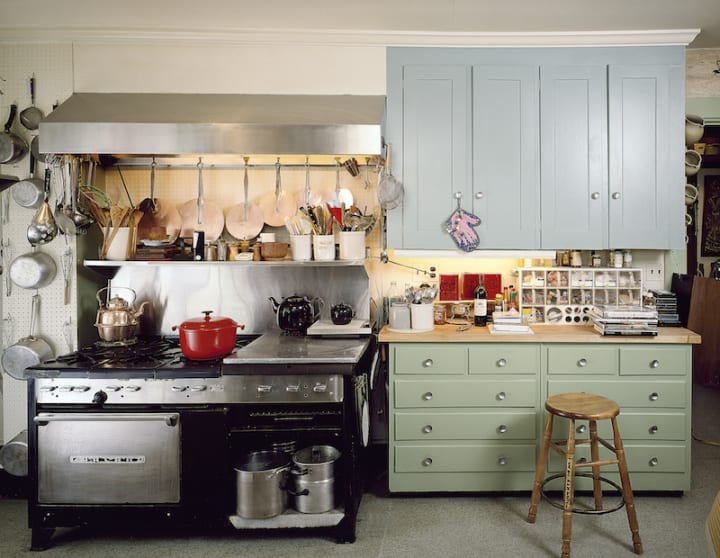
According to Wikipedia, the work triangle concept is used to determine efficient kitchen layouts that are both aesthetically pleasing and functional. When Heyne pointed out to Julia that the placement of her refrigerator, sink, and stove disrupted this triangle, she replied, “I don’t pay too much attention to that.”
Pro-choice
Child was a big supporter of Planned Parenthood, and she despised the Republican party for trying to deny women in the US the right to safe and legal abortions. She also recognized a glaring hypocrisy in their pro-life stance that is still true in 2019: the Republican party’s lack of compassion for “the future.” You know, like how they want to save fetuses but continue to gut programs that would benefit born children (*cough* healthcare).
Julia’s support of family planning organizations can, I think, be reflected in how she used her kitchen table or “secondary work area.” Heyne described the table as “the kitchen’s center of gravity,” just as being pro-choice seemed to be the “center of gravity” for Julia’s political beliefs. The table was set up to accommodate both Child’s work and all the guests who would often gather around it to enjoy the fruits of her labor.
An environmentalist
Apart from despising Republicans for their attacks on abortion, she also hated that the party chose to do nothing to protect the planet for future generations. “If we go on as we are, polluting everything, we may very well end up like Venus, a great ball of fire,” Julia said in one of the interviews Rosner mentions in her New Yorker piece. “And I don’t think we have very much time.”
Julia’s environmental concerns can be seen in how she used her countertops and sinks. She had 2 stainless steel sinks: one for foodstuffs and one for dishes. Her rules for what could go down the garbage disposal that were written on an index card taped above the sink (no celery or onion peels), and her efficient stainless steel drainboards indicate how much she hated waste.
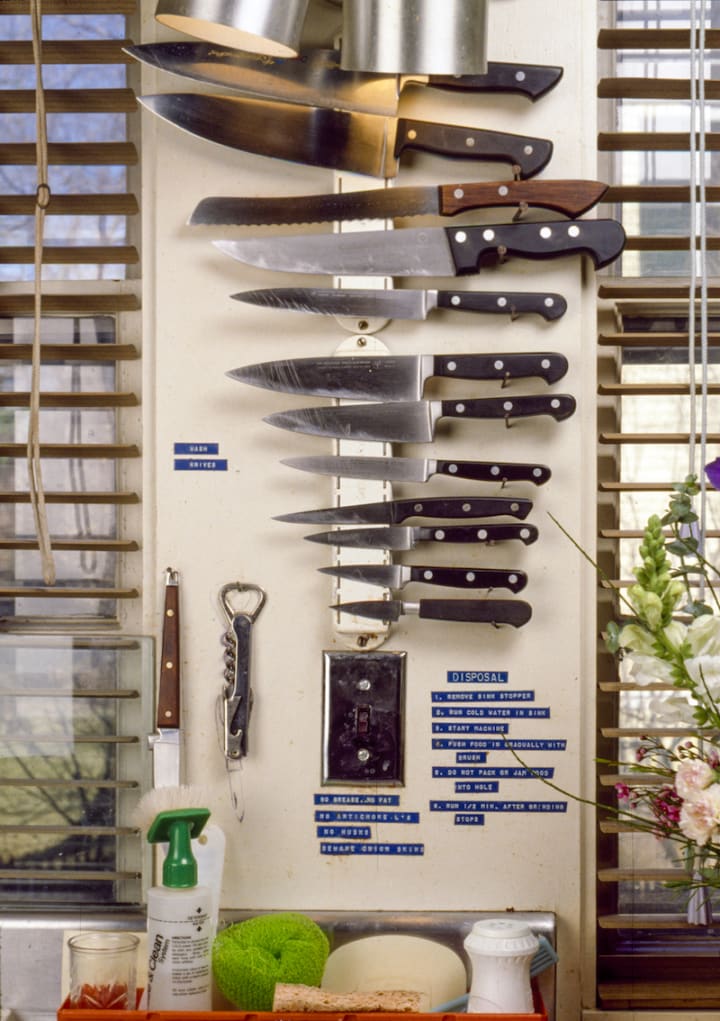
As for her counters and their overhangs—the distance a counter extends past the cabinet underneath—these were also designed with efficiency in mind. The overhangs allowed Child to neatly (whatever that means) brush food particles from the counter to the floor. Her countertops were sometimes cleaned with cut lemon and seasoned with olive oil, which just feels environmentally conscious to me (but maybe it’s not and I’m just looking for any examples to help me make a point).
Anti-Republican
If I haven’t made this clear, Julia hated the Republican party. She broke away from her conservative upbringing to travel the world as a file clerk for the Office of Strategic Services during WWII, and, eventually, she wrote Mastering the Art of French Cooking. But her real political awakening happened during the McCarthy era “when she and Paul looked on in horror and rage as their friends and colleagues were subjected to the degradation of anti-Communist propaganda.”
Rosner’s article cites one instance of Child’s fury that was expressed in a letter to a fellow Smith alumna. Julia had received a request from this former classmate to refrain from donating to the college until 5 professors suspected of being Communists were fired. Here’s how Julia replied:
“In the blood heat of pursuing the enemy, many people are forgetting what we are fighting for. We are fighting for our hard-won liberty and our freedom; for our Constitution and the due process of our laws; and for our right to differ in our ideas, religion and politics. I am convinced that in your zeal to fight against our enemies you, too, have forgotten what you are fighting for.”
Julia seemed comfortable breaking from convention, holding beliefs that many people in her social circles might have looked down on. This fearlessness, I’ll call it, can be found in the form of her Garland stove and refrigerator-freezer.
The stove was a restaurant-style gas range that the manufacturing company Garland no longer recommends for home use, as it produces too much heat. But Julia loved it, and she made sure it made its way into her Cambridge kitchen when she and Paul moved from Washington, D.C.
The Childs had a lot of refrigerators and freezers around the house, but the main, and very cumbersome, fridge-freezer in the kitchen was painted black by Paul to make it a little less “intrusive.” “It’s more chic, don’t you think?” Julia asked Heyne. Painting a refrigerator was, perhaps, an unconventional move, but both Julia and Paul considered aesthetics as well as practicality in the layout of their kitchen.
A white feminist
Rosner uses parentheses in her article to highlight the contradictions and hypocrisies that undermine Child’s political beliefs. Like how the first seasons of The French Chef seemed to be a counterpoint to the women’s liberation movement that was on the rise:
“In America, [Julia’s] exhortations for the intellectual and artistic pleasures of cooking were broadcast simultaneously with the rise of women’s lib, a dissonance with which the show never directly engaged. (Her advocacy for seasonal vegetables, good dairy, and whole ingredients during the post-war golden age of canned and processed food was political only incidentally.)”
But it’s the parenthetical information Rosner inserts after talking about Child’s support for Planned Parenthood and her disgust for the Republican party that undercuts any image of Julia Child as a progressive we could look up to in 2019:
“(While notably progressive for someone in her position, she was also very much constrained to the standards of the era for a wealthy, white woman: her perspectives on race and homosexuality, in particular, carry a patronizing air of demi-tolerance that is hard to stomach today.)”
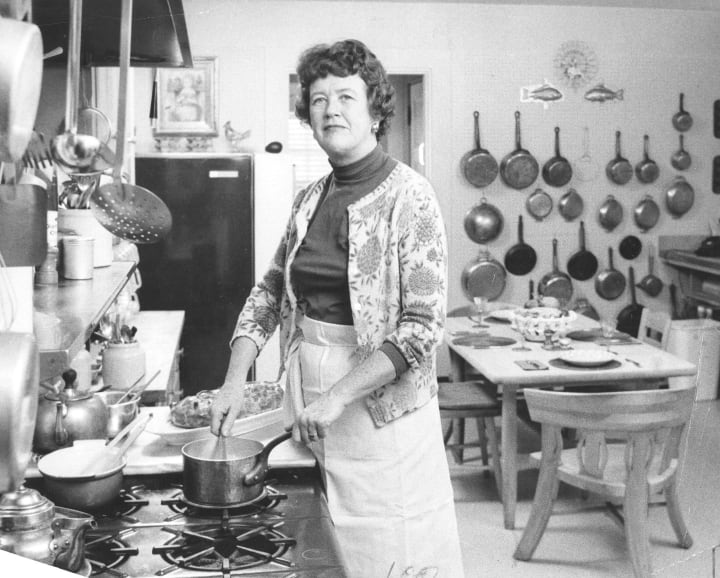
So, basically, Julia Child was a white feminist, meaning that she could only see the world through the lens of a wealthy, white woman and cared only about the issues that would affect her class.
I’m not surprised that Julia Child was a product of her time, no matter how progressive her politics might have seemed. I suppose I feel a bit disillusioned. Not to equate the 2 at all, but Heyne writes about how she was a little disillusioned by Julia’s kitchen. “I had been fooled by the illusion of TV,” she said. “What I saw instead was a smallish, old-fashioned, eat-in kitchen with cluttered countertops and cabinets seriously in need of painting. In a way, though, I think Heyne is saying, “Julia is not who I thought she was,” because when you take in Julia’s kitchen as a whole it’s really only as progressive as her politics.
Laced throughout the excerpt from Heyne’s book are subtle mentions of the servants and assistants who help Julia in her kitchen (help that was probably more a privilege of her fame rather than her class). I think this does undercut the premise of Mastering the Art of French Cooking: a cookbook written to help servant-less cooks navigate French cuisine.
None of this is meant to cast Julia Child in a bad light. It’s just that, like Julie Powell at the end of Julie and Julia, it’s important to see that the real Julia Child wasn’t perfect, and that’s the version we need to talk more about.
Featured articles
- The Passionate, Progressive Politics of Julia Child by Helen Rosner
- How to Arrange Your Kitchen: According to Julia Child by Pamela Heyne
About the Creator
Maggie Blaha
Maggie is a placeless writer who is wandering around Europe in search of a home—a place where she can live simply, write often, and read always. She's currently living in Spain.
Enjoyed the story? Support the Creator.
Subscribe for free to receive all their stories in your feed. You could also pledge your support or give them a one-off tip, letting them know you appreciate their work.

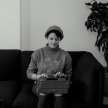





Comments
There are no comments for this story
Be the first to respond and start the conversation.